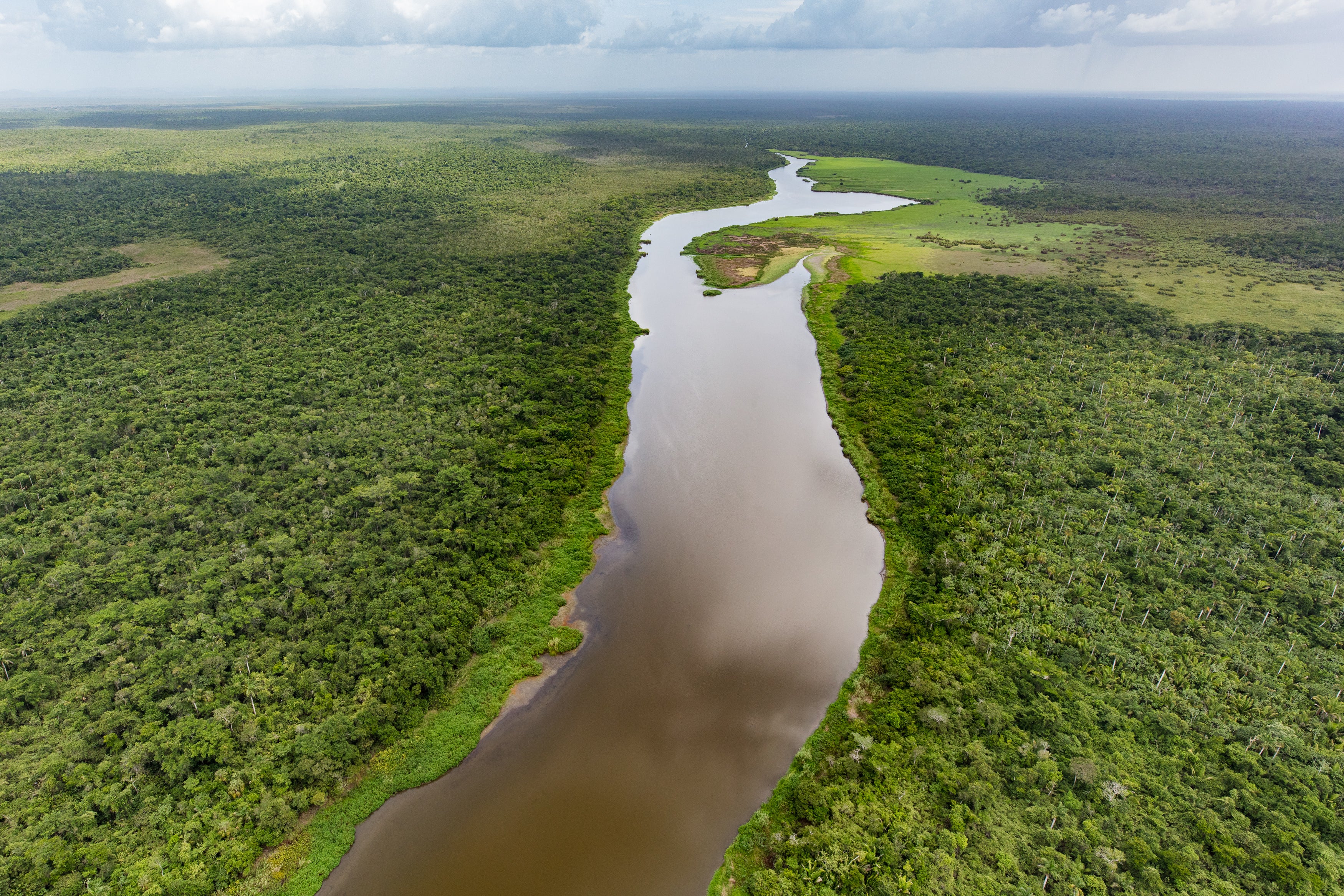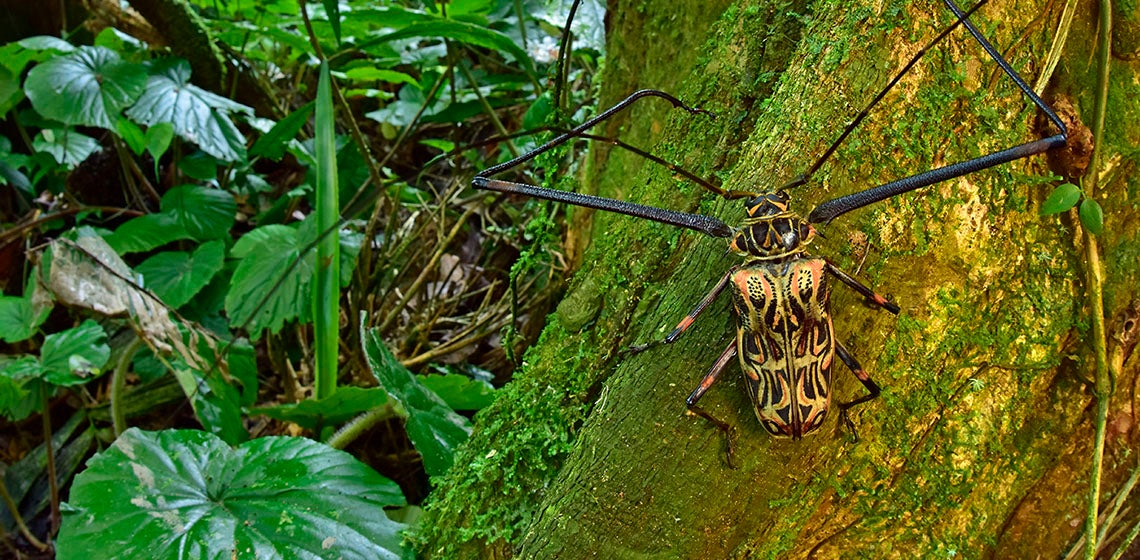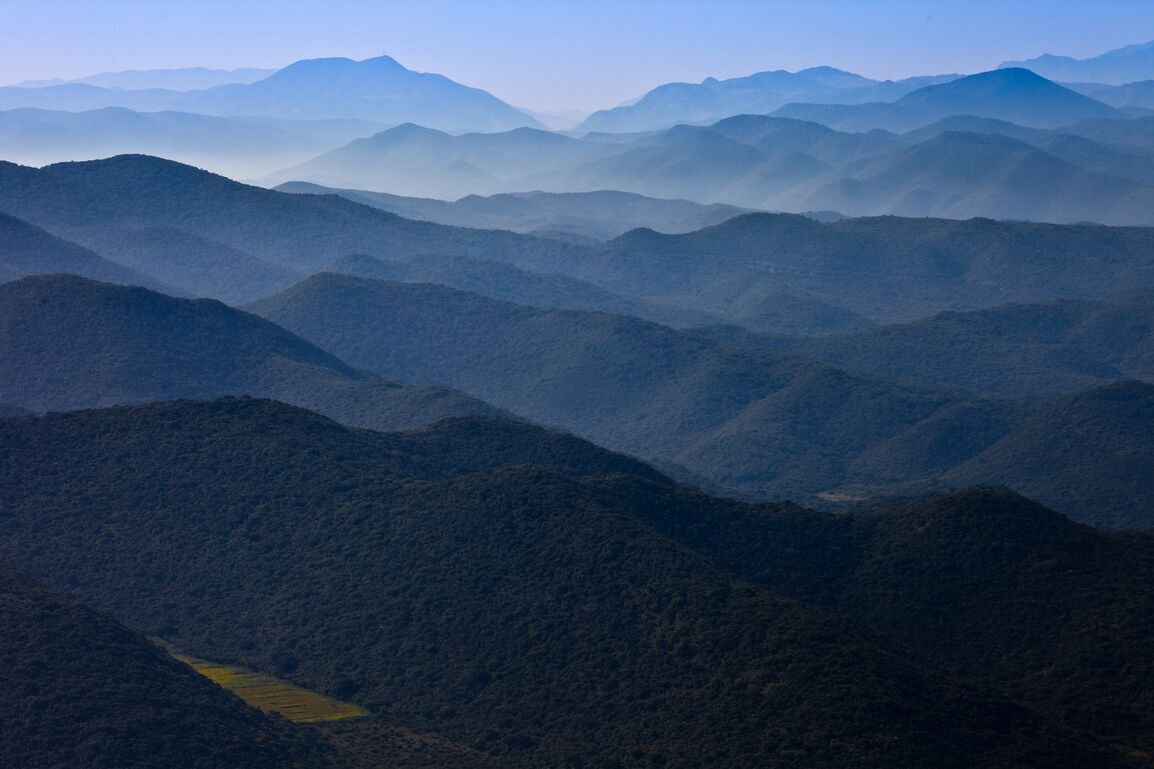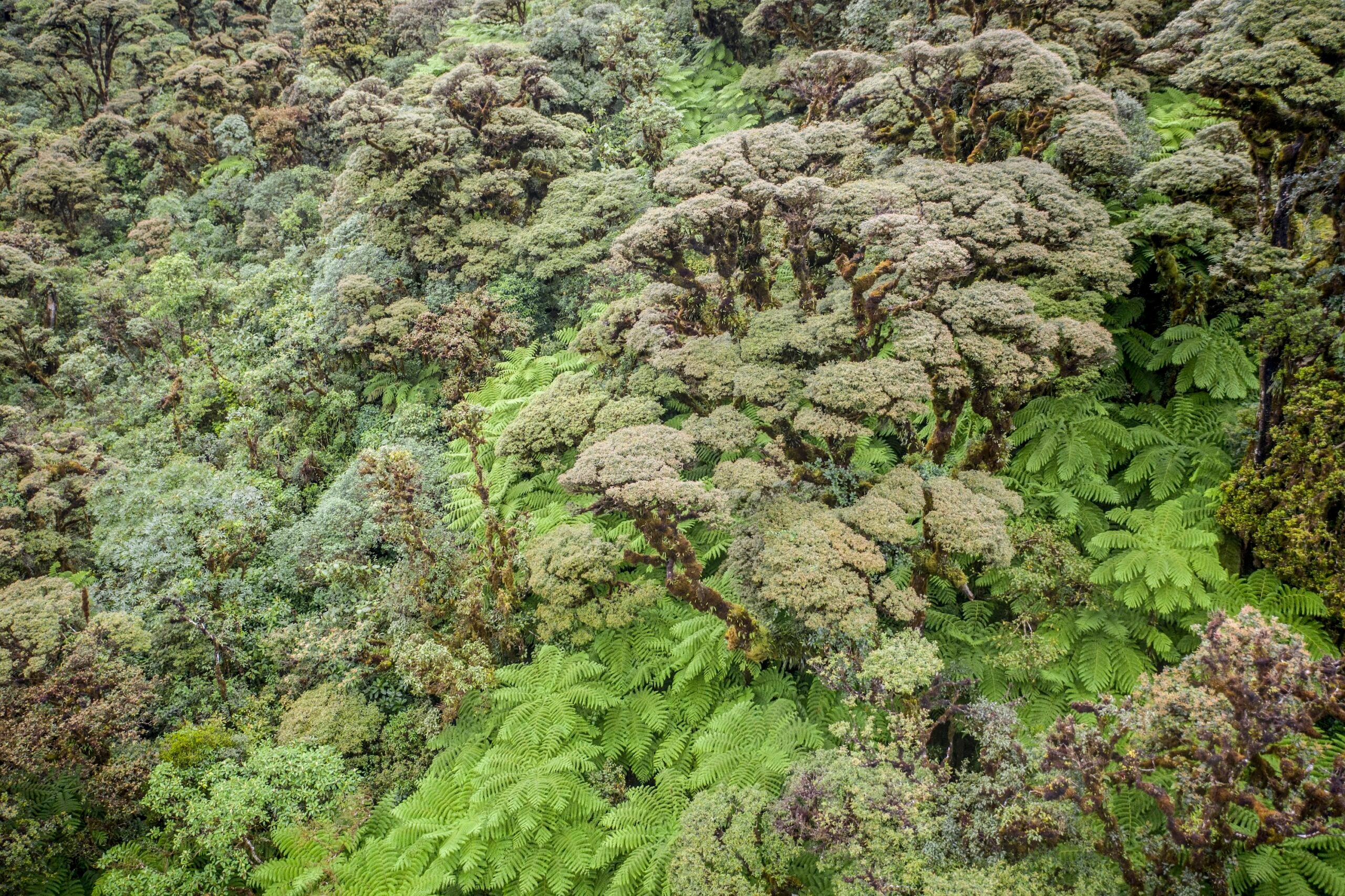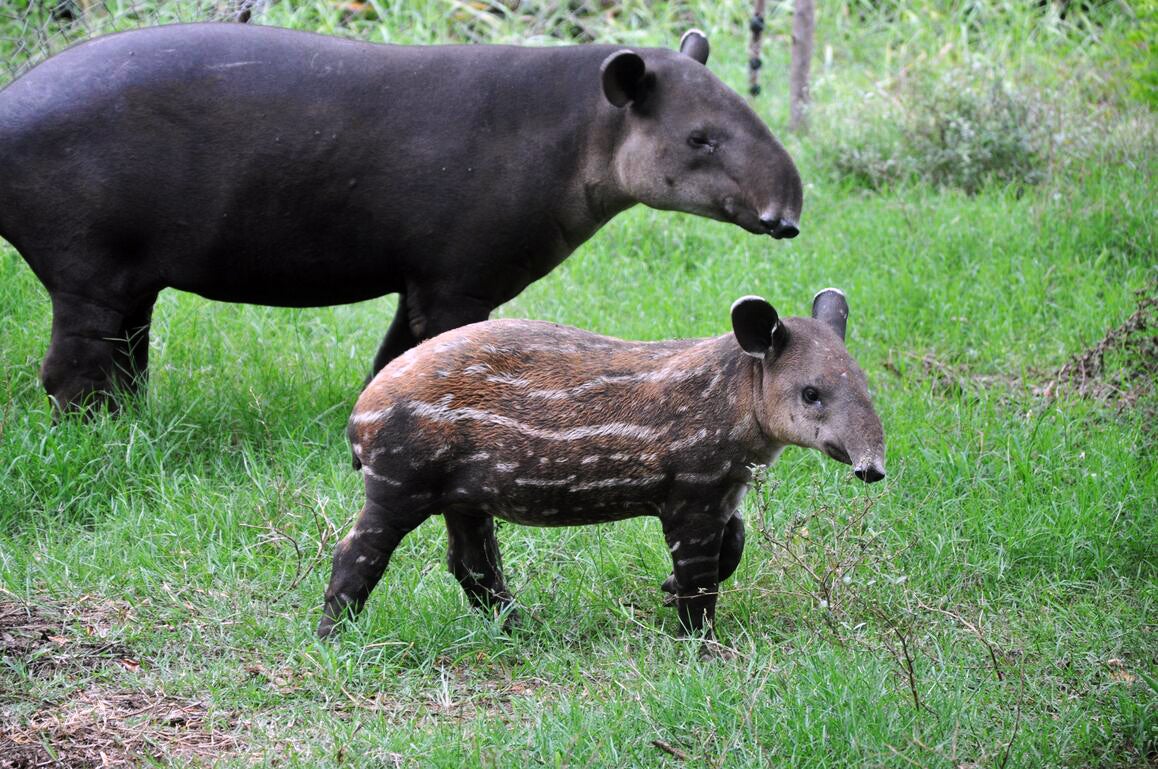Maya forest
Protecting the Maya Forest corridor
The Maya Mountains of Southern Belize and the Selva Maya of Guatemala, Mexico and Belize make up the Maya Forest, the largest remaining forest in the Mesoamerica Biodiversity Hotspot. They are connected by a single thread of forest known as the Maya Forest Corridor. This tiny tract of forest is essential to keeping the majestic Maya Forest from being split into two smaller forests and guaranteeing the survival of the species that live there.
The Maya Forest Corridor is particularly important for Jaguars. It’s the only area connecting Belize’s two Jaguar Conservation Units: the Maya Mountain Massif in Southwest Belize and the rest of the Selva Maya to the north, which extends into Mexico and Guatemala. If the genetic connectivity of the Maya Forest Corridor is lost, it would be one step closer to extinction for the Jaguar and many other wildlife species in Belize.
The Maya Forest Corridor provides important habitat for species such as the Endangered Baird’s Tapir— the national animal of Belize— the Central American Spider Monkey and the Critically Endangered Central American River Turtle.
Yet we are perilously close to losing the Maya Forest Corridor.
Over the course of the past decade, the size of this strip of forest has been reduced by more than 65%— at a rate of deforestation that is four times Belize’s national average. The forest has largely been destroyed for sugarcane and large-scale farming.
Through more than a decade of research, Re:wild and our partners have identified at least 50,000 acres of forest that need to be protected to keep the corridor alive. Of that total, 10,000 acres are protected by private landowners, non-governmental organizations and governments.
The other 40,000 acres are privately owned. Re:wild and our partners are working to acquire and permanently protect these wild places.
The wetlands of the Maya Forest Corridor also have an important role to play to address human-caused climate change and provide protection from flooding caused by severe weather as a result. The corridor helps make Belize more resilient to climate change.
Re:wild and its partners work with communities and local partners to acquire the land needed to safeguard the Maya Forest Corridor. It will be placed into trust and protected in perpetuity for the people of Belize.
There has never been a more critical moment than now to secure this corridor. If we don’t succeed, we will suffer a permanent loss of biodiversity.
Re:wild and its partners work with communities and local partners to acquire the land needed to safeguard the Maya Forest Corridor. It will be placed into trust and protected in perpetuity for the people of Belize.
There has never been a more critical moment than now to secure this corridor. If we don’t succeed, we will suffer a permanent loss of biodiversity.
